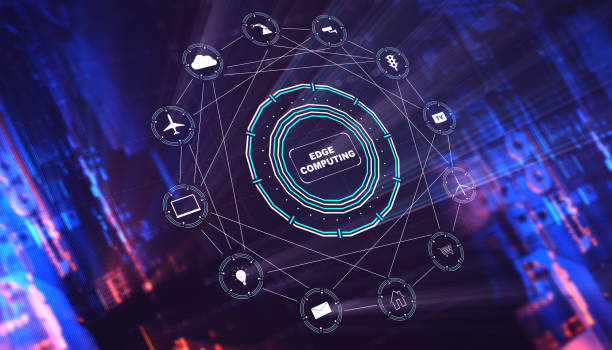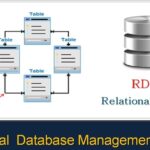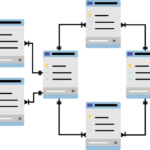Edge computing is a distributed information technology (IT) architecture in which client data is processed at the periphery of the network.
We can say, it is a distributed computing framework that brings enterprise applications closer to data sources. Applications such as IoT devices or local edge servers.
Certainly, it brings the capabilities of cloud close to the end-user or end-device.
As we know, there are debates around edge computing vs fog computing. But, in reality, the two have similar objectives. In addition, a small difference is that fog computing can include running intelligence on the end-device. And, it is more Internet of Things (IoT) focused.

How does edge computing work?
Firstly, edge computing is all a matter of location. Secondly, IT architects have shifted focus from the central data center to the logical edge of the infrastructure.
It takes storage and computer resources from the data center and takes the resources to the place where the data is generated.
In short, edge puts storage and servers where there is computational data, often requiring little more than a partial rack of gear to operate on a remote LAN.
So, the process often involves generalizing and analyzing data. And, it sends the results of analysis back to the principal data center.
Why edge computing is important?
It is important because it creates new and improved ways for industrial and enterprise-level businesses. It maximizes operational efficiency, improve performance and safety, automate all core business processes.
Also, ensure “always on” availability. It is a leading method to achieve the digital transformation.
As it sends all that device-generated data to a centralized data center, it offers a more efficient alternative. Data is processed and analyzed closer to the point where it’s created.
It enables faster and more comprehensive data analysis. Because, data does not traverse over a network to a cloud. Therefore, it reduces the latency significantly.
Edge computing examples
Enterprise examples
- Manufacturing
- Retail
- Oil and gas
- Enterprise ICT
- Healthcare
Consumer examples
- Gaming
- AR/VR experience
- Healthcare
- Media/CDN
Benefits
- Cost Savings
It helps minimize bandwidth use and server resources. Bandwidth and cloud resources are finite and cost money.
Statista predicts that by 2025 there will be over 75 billion IoT devices installed worldwide. In order to support all those devices, significant amounts of computation will have to be moved to the edge.
- Speed
Firstly, speed is important property. Secondly, for businesses that provide data-driven services to customers, lagging speeds can frustrate customers and cause long-term damage to a brand.
Speed is no longer just a competitive advantage—it’s a best practice.
- Security
One major concern about IoT edge devices is that they could be used as a point of entry for cyberattacks.
While this is a genuine risk, the distributed nature of its architecture makes it easier to implement security protocols.
More data is being processed on a local device. It doesn’t transmit back to central data center. Therefore, it reduces the amount of data actually at risk in a single moment.
- Scalability
It offers a far less expensive route to scalability. It allows companies to expand their computing capacity through a combination of IoT devices and edge data centers.
The use of processing-capable edge computing devices also eases growth costs. Because, each new device added doesn’t impose substantial bandwidth demands on the core of a network.
- Versatility
The scalability of edge computing also plays into its versatility.
By partnering with local edge data centers, companies can easily target desirable markets without having to invest in expensive infrastructure expansion.
Drawbacks of Edge Computing
- Incomplete Data
- More Storage Space
- Investment Cost
- Maintenance
- It requires more local hardware
Summary
So we have learnt in detail about edge computing. We have learnt what is edge computing, why it is important, how does it work.
Also, we have seen its benefits, drawbacks and also examples.












[…] addition, cutting-edge technology has resulted in the creation of digital, often app-based, gig economy platforms that link consumers […]